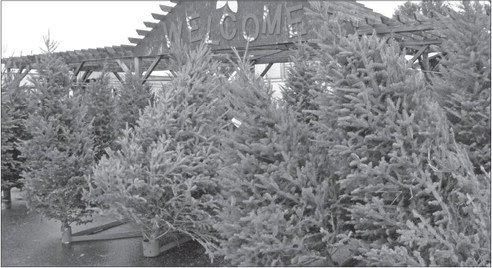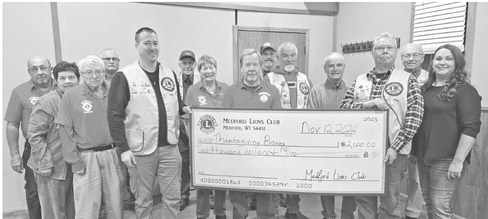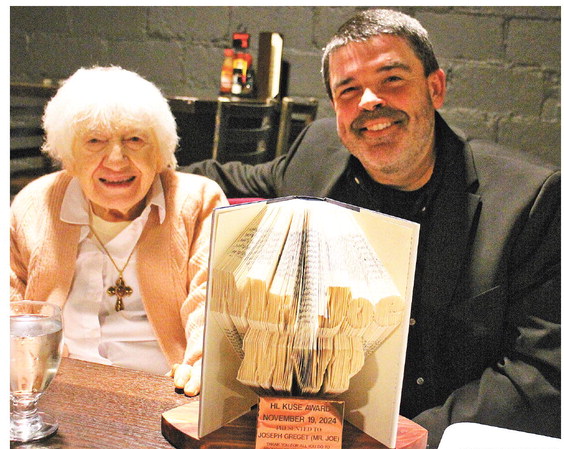To tree, or not to tree; Stories from the files of Forward Base 1459


by Sylvia the Elf
It was a bright and sunny Monday morning.
The chill temperatures and the heavy layer of frost over everything made me homesick for spring mornings growing up near Santa Inc.’s North Pole headquarters. I remembered those mornings of trudging off to wait for the sleigh to take me to school at Jack Frost Junior High School. When I was in eighth grade we met with our guidance counselors to determine what we wanted to do with our lives and how we were going to prepare for it.
Growing up in a company town, there was little doubt we would end up working for Santa Inc. in some form. Even that guy a few years ahead of me who became a dentist ended up setting up shop in a Santa Inc. workshop.
Most of my classmates went either into the toy making trades or into the ever-expanding logistics studies department. Although I can handle myself around a workshop as well as anyone, I just never felt passionate about toy making and struggled to stay awake through my logistics lectures. The one area that I excelled at was our agriculture education program. I remember fondly learning all about the proper care and feeding of reindeer and especially the horticulture program. I still have by dark blue Future Farmers of Elfland jacket in a box in my mom’s attic.
I am on a semi-temporary assignment to Forward Base 1459 to learn more about Taylor County’s Christmas Tree growing operations and see how we apply their practices to improving Christmas tree production in other places. At least that is the official reason I was sent here. Unofficially I was shipped out of town to let things cool down after turning Elf Witness over what my former boss Holly Halfbuckle was growing in the back of Green House No. 420. Holly blamed me, but then again she has always been a bit prickly.
My friend Candy Cane (C.C. for short) in human resources spilled some tea in our last FaceTime, that management is considering me to fill Holly’s position provided I keep my nose clean and deliver a bang-up report on what makes Taylor County’s Christmas trees so special.
While the other operatives at Forward Base 1459 tend to stick to the shadows only heading out in public when there are large crowds of people in ugly holiday sweaters, to do a good job I needed to dust off my disguise skills. Fortunately, I have always been pretty tall for an elf and with the cool weather could bundle up with coats and appear as just a very inquisitive child. In my Basics to Interacting With Humans 101 class, I learned that human adults tended on average to be very patient with being questioned by children and would be more likely to explain things to them.
I quietly infiltrated one of the local elementary school classes posing as a transfer student and attending classes virtually. This gave me cover to start researching Christmas trees.
I have to admit that I was somewhat shocked when I first heard that some people have artificial trees. I understand that, sadly, some people have allergies to pine trees while others just don’t want to deal with the mess of falling needles.
Fortunately, a growing number of younger families are recognizing the value of natural products and turning to real Christmas trees as not only an environmentally friendly, but also a patriotic option.
Christmas tree farms stabilize soil, protect water supplies and provide refuge for wildlife while creating scenic green belts.
Often, Christmas trees are grown on soils that could not support other crops.
A benefit to the atmosphere, real Christmas trees absorb carbon dioxide and other gases, emitting fresh oxygen. This helps prevent the earth-warming “greenhouse effect.” For every real Christmas tree harvested, two to three seedlings are planted.
Real Christmas trees are an all-American, recyclable resource.
Artificial trees, most of which are manufactured in Korea, Taiwan or Hong Kong, consist of plastics and metals that aren’t biodegradable. While the average fake tree lasts seven to 10 years, when disposed of, the artificial trees will never deteriorate. Their effects on our environment are evident and will remain for countless generations.
One thing I thought was pretty neat was that even after the holidays, a real Christmas tree keeps with people using them in landscaping and craft projects.
According to the Wisconsin Christmas Tree Growers Association in the U.S. alone, there are more than 15,000 Christmas tree farms. Those farms grow approximately 350 million trees and employ over 100,000 people.
see CHRISTMASTREEonpage6
Whether you purchase your Christmas tree from a lot in town or head out to a farm to cut your own, real trees offer a traditional and environmentally friendly way to celebrate the holiday season.
continued from page 3
It may sound like basic advice, but the professionals who raise and sell Christmas trees said one of the most important things to remember when picking the right tree is knowing the height of the ceiling in the room where it will go.
Trees in the seven to 10-foot range remain the most popular in most households. While it may feel good to say you have a 10-foot Christmas tree, if the final destination is a home with shorter ceilings, a beautiful tree could end up having the ultimate bad trimming decision - getting its top sheared off.
In doing my research with the Christmas Tree Growers Association, I found that there are some things that people might want to consider when purchasing a tree.
Here are some of their tips: Ask when the tree was cut down. Precut trees may be cut down weeks before they’re sold. So if you’re buying a precut tree, chances are the tree was cut down much earlier than you think. This doesn’t mean the tree won’t make it through the holiday season, but a tree that was cut several weeks ago should have some of its bottom trunk removed before it’s placed in the stand. This will make it easier for the tree to consume water. This step likely isn’t necessary if the tree was cut down the same day you bring it home.
Have the tree shaken before taking it home. A tree should be shaken in a shaker, if available, before you put it in your car and bring it home. A shaker removes any debris or dead needles from the tree, which can save you the trouble of cleaning up all of those dead needles from your living room floor later on.
What you put on the tree can make or break your holiday decorating plans. Many families have traditions for their ornaments with pieces handed down from generation to generation. Start a tradition of giving ornaments and other unique items available at local businesses.



